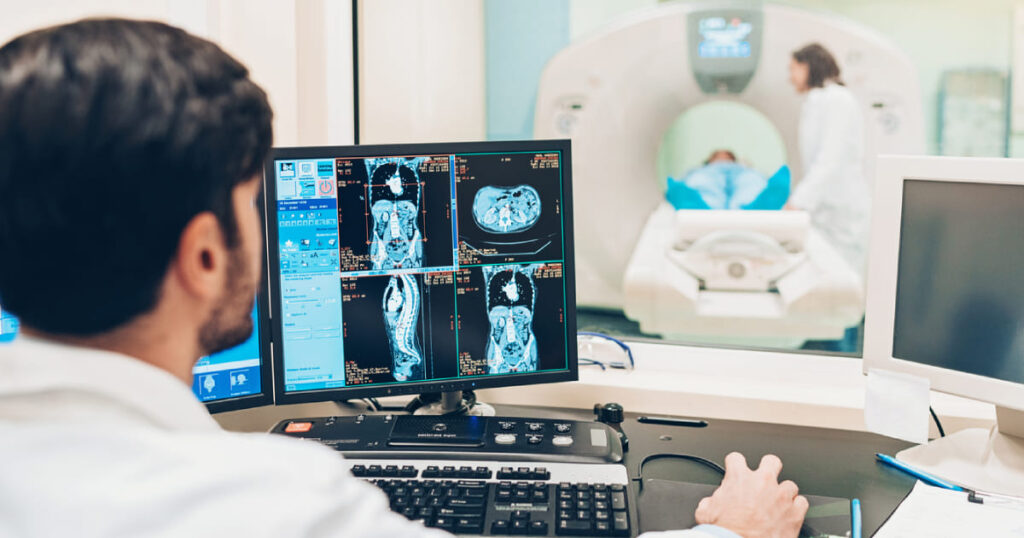Diagnostic imaging plays a crucial role in modern healthcare, enabling healthcare professionals to visualize and identify various medical conditions with precision. As technology continues to advance, diagnostic imaging solutions have also evolved, offering a wide range of innovative tools and techniques to improve diagnostic accuracy and patient care. In this post, we will delve into the world of diagnostic imaging solutions, exploring the latest advancements and their impact on healthcare delivery.
What are the key types of diagnostic imaging solutions available today, and how do they work?
X-ray imaging: Utilizing electromagnetic radiation to produce images of internal structures, bones, and organs.
Computed tomography (CT) scanning: Combining X-rays and computer technology to generate detailed cross-sectional images of the body.
Magnetic resonance imaging (MRI): Using strong magnetic fields and radio waves to create detailed images of soft tissues, organs, and the musculoskeletal system.
Ultrasound imaging: Employing high-frequency sound waves to produce real-time images of internal organs and blood flow.
How do advancements in diagnostic imaging technology improve diagnostic accuracy and patient outcomes?
Enhanced image quality: High-resolution imaging technologies provide clearer and more detailed images, aiding in the detection and diagnosis of various medical conditions.
Reduced radiation exposure: Advancements in imaging equipment have led to lower radiation doses during procedures, minimizing potential risks to patients.
Faster imaging techniques: Rapid imaging technologies enable quick and efficient diagnosis, leading to timely treatment and improved patient outcomes.
Multimodal imaging integration: Integrating different imaging modalities allows for a comprehensive assessment of complex medical conditions, leading to more accurate diagnoses.
What are the emerging trends in diagnostic imaging solutions, and how are they shaping the future of healthcare?
Artificial intelligence (AI) in imaging: AI-powered diagnostic tools and algorithms are revolutionizing image interpretation, leading to faster and more accurate diagnosis.
3D and 4D imaging: Three-dimensional and four-dimensional imaging techniques provide a more comprehensive view of anatomical structures and physiological processes, offering valuable insights for diagnosis and treatment planning.
Point-of-care imaging: Portable and handheld imaging devices enable healthcare professionals to perform diagnostic imaging at the patient’s bedside, facilitating immediate clinical decision-making.

How do diagnostic imaging solutions contribute to personalized medicine and precision healthcare?
Tailored treatment planning: Advanced imaging technologies help identify individual variations in disease presentation, allowing for personalized treatment strategies.
Predictive imaging biomarkers: Imaging biomarkers derived from diagnostic imaging data contribute to the prediction of disease progression, treatment response, and patient outcomes.
Image-guided interventions: Precise imaging techniques enable minimally invasive procedures and targeted therapies, enhancing treatment efficacy while minimizing risks.
Conclusion
Diagnostic imaging solutions continue to evolve and play a pivotal role in modern healthcare, offering innovative tools and techniques to enhance diagnostic accuracy, patient care, and treatment outcomes. As technology continues to advance, the future of diagnostic imaging holds immense potential for further improving personalized medicine, precision healthcare, and the overall delivery of healthcare services. By staying at the forefront of these advancements, healthcare professionals can harness the power of diagnostic imaging solutions to make informed clinical decisions and positively impact patient outcomes.

